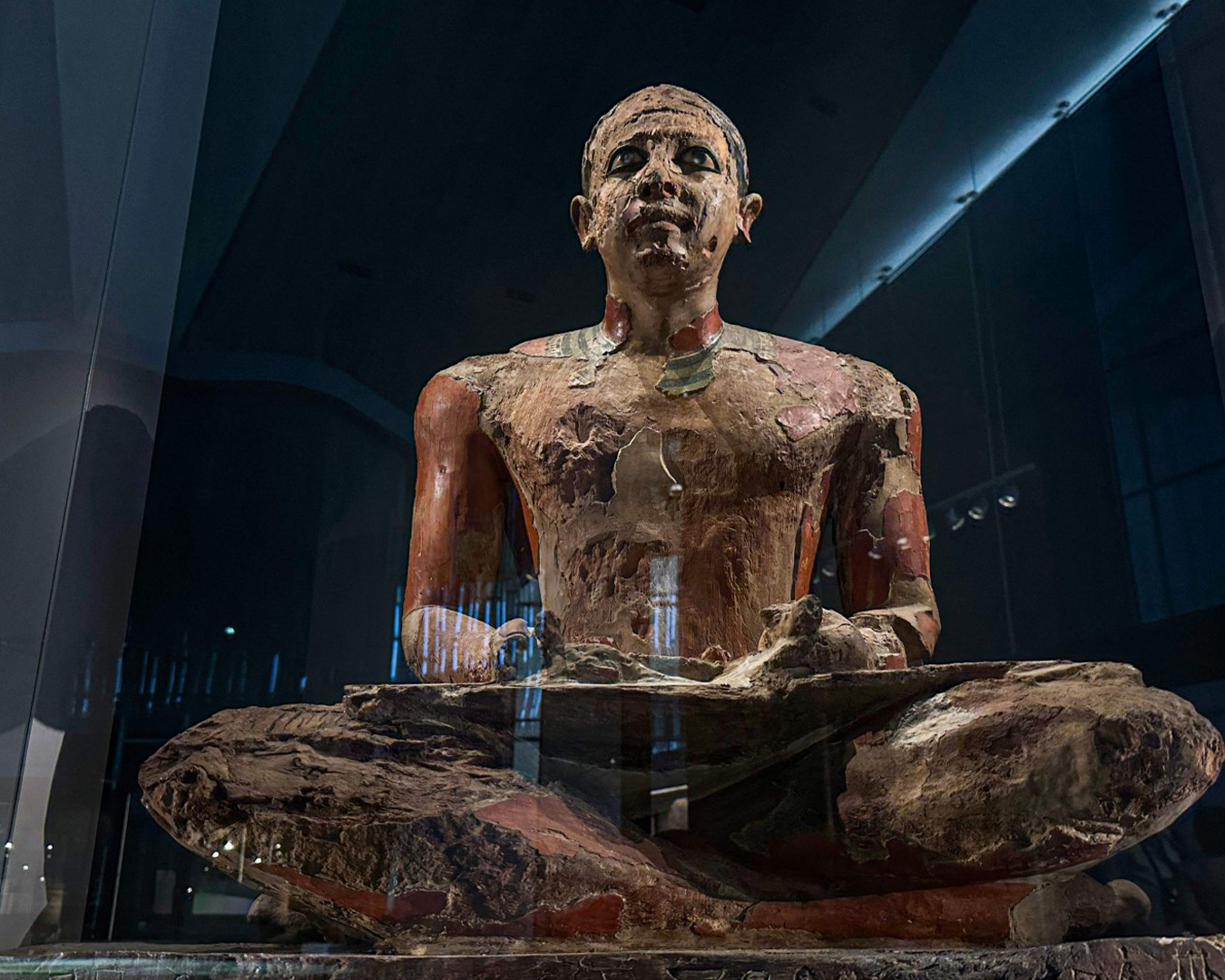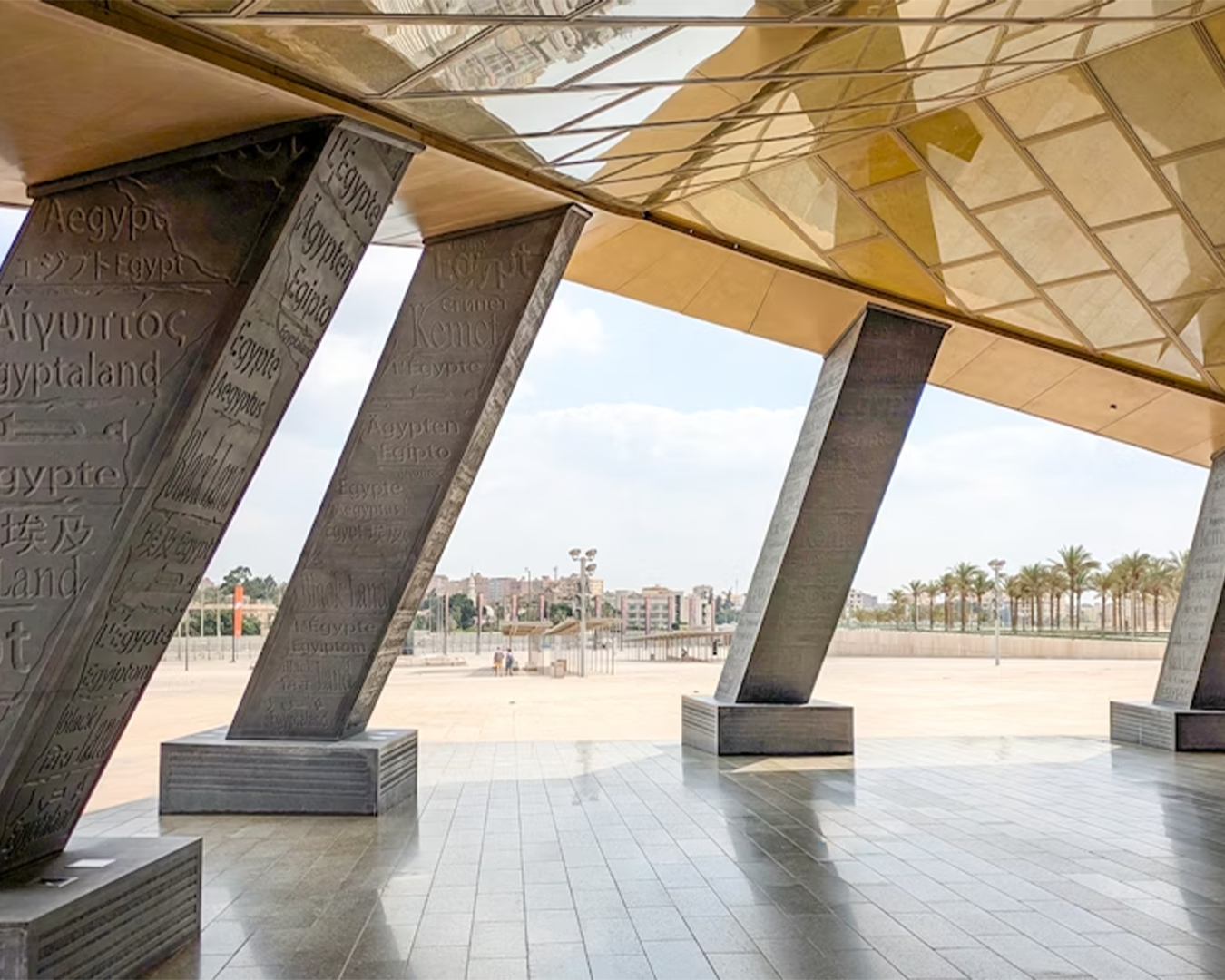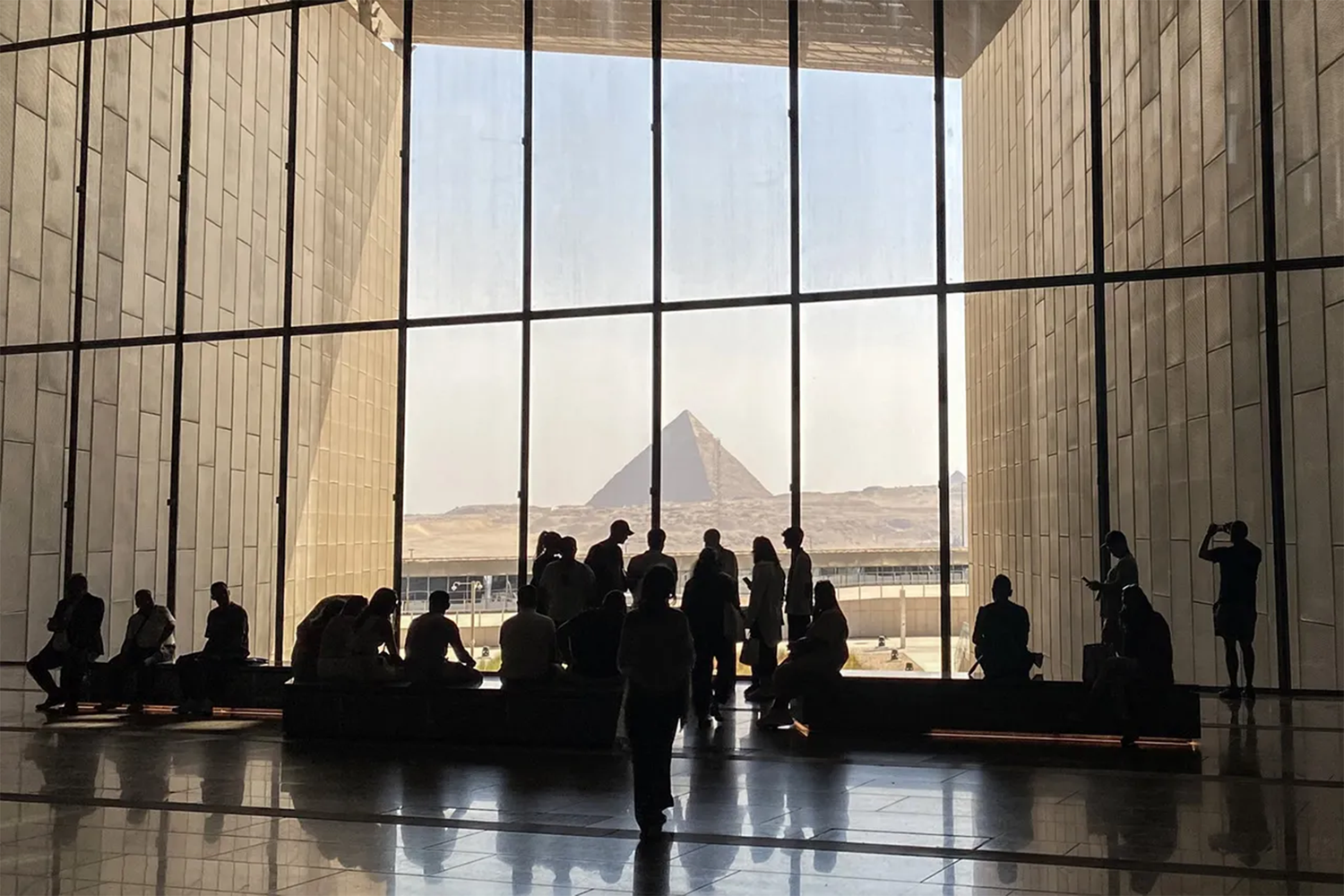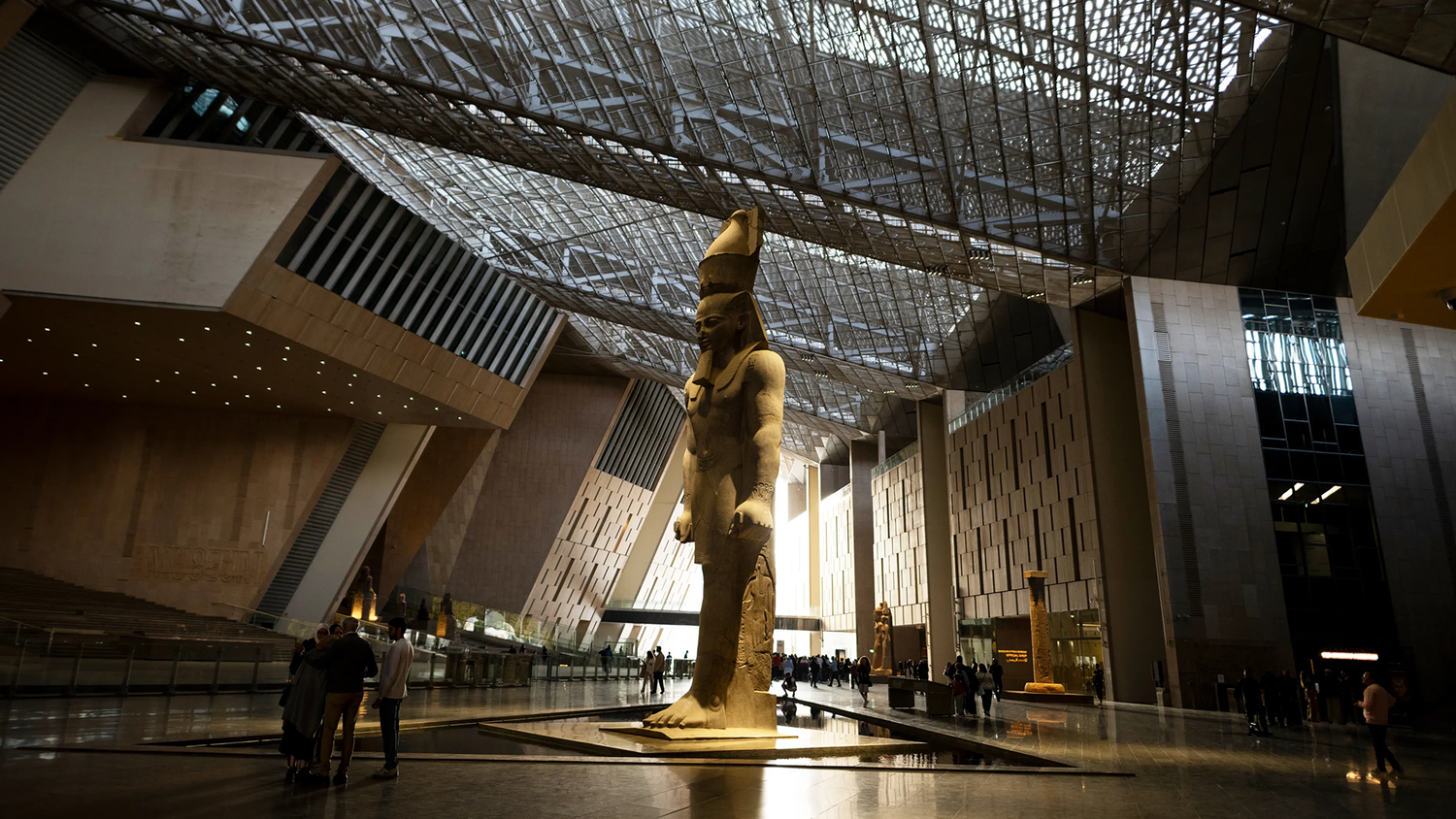Journey to the Heart of Egypt: The Grand Egyptian Museum
On the Giza Plateau, right beside the pyramids, a new kind of silence rises. The Grand Egyptian Museum has finally opened its doors — the contemporary face of a history that spans millennia. This is not merely a museum; it is a meeting point where past and present, stone and light, humanity and heritage converge. With every step, one can feel the layers of civilization: the silent language of stones, the stillness of galleries, the dialogue between light and space… Like a new line inscribed into Egypt’s own history — and into the shared memory of humankind.

The Rhythm of the Past











